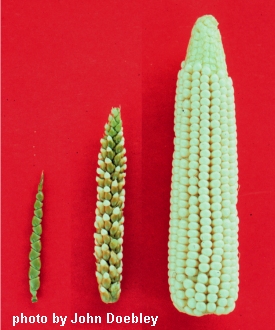Re: PaNu - The paleolithic nutrition argument clinic
Your post reminded me of a time about 10 years ago. I had to cross a farm on foot. An average sized bull was there. The farmer kept saying don't let him know your afraid. Yea ok. Anyway, every 20 or so paces the bull would look at me and drop its head a little. The farmer had a small thin stick with him, and would swat the bull on the head every time. I kept wondering why the bull didn't just end the charade.
Originally posted by ThePythonicCow
View Post










Comment